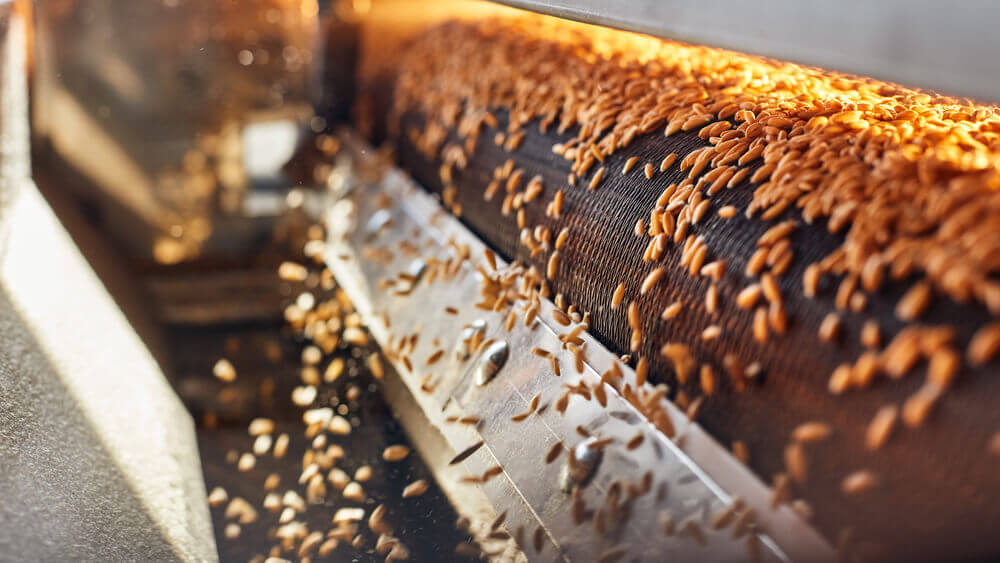On Wednesday, wheat prices recovered from an overnight decline, finding support from better US winter crop conditions.
US wheat futures for May delivery surged by 1.54% to $5.66 per bushel in Asian afternoon trade after the National Weather Service (NWS) reported there was about six times the average volume of rain that fell in some regions of Oklahoma and Texas panhandles the week earlier.
Moreover, the US Department of Agriculture (USDA) observed that 56.00% of the country’s winter wheat crops were in excellent condition as of Sunday, retaining last week’s data.
The reading was better than the 27.00% gain logged in the same week a year ago.
However, NWS reports stated that rain in the southern Plains was unable to reach areas such as parts of southwestern Kansan and the southern Texas panhandle.
The USDA said spring wheat planting was ongoing, with 3.00% now planted, which is higher than the 1.00% last week and aligns with 2024 expectations.
Meanwhile, the excellent quality of winter wheat hints at higher yields, which could negatively impact prices. Still, a high share of winter wheat previously had also signaled a nearing price hole.
Analysts see a high likelihood that the grain quality rating will wane in the summer if temperatures spike up further than anticipated and moisture maintains lower levels than the average.
US Winter Wheat Ratings Maintained Amid Dry Conditions
US winter wheat crop condition ratings were stable amid critical wheat-growing areas in the country facing drier weather conditions over the past two weeks.
While the potential implications of drier weather were in focus, the market sees the USDA leaving crop condition ratings steady.
Winter wheat in various states remained in its vegetative growth stages. However, the market is expected to become more sensitive to possibly unfavorable weather in the coming weeks as crops near the reproductive growth periods.
Moreover, the overall condition of the crop compared to recent years is the market’s current crucial factor, but the dry weather will need to be watched after this point in time.
As speculative investors stayed significantly short in Chicago wheat futures, any intensification of concerns about the crops could lead to short covering, contributing to price increases.











